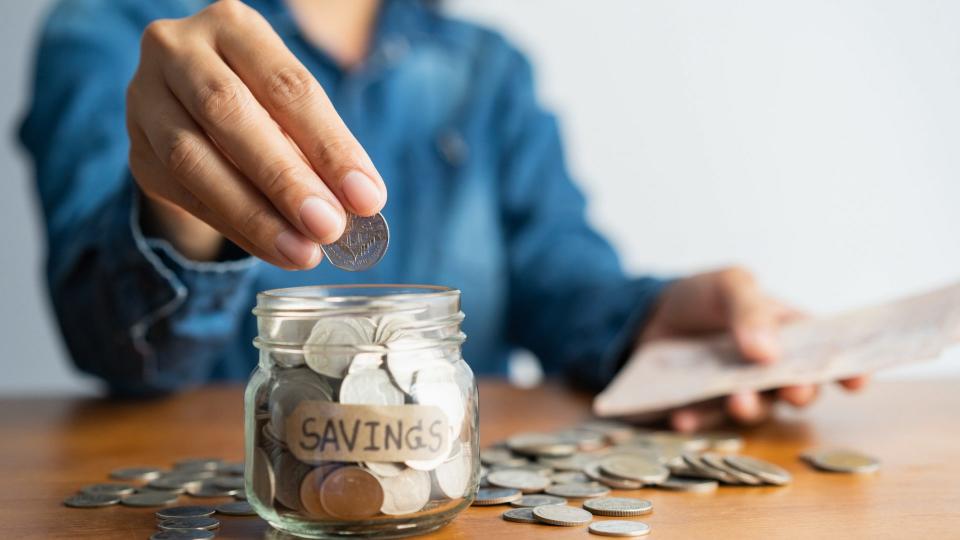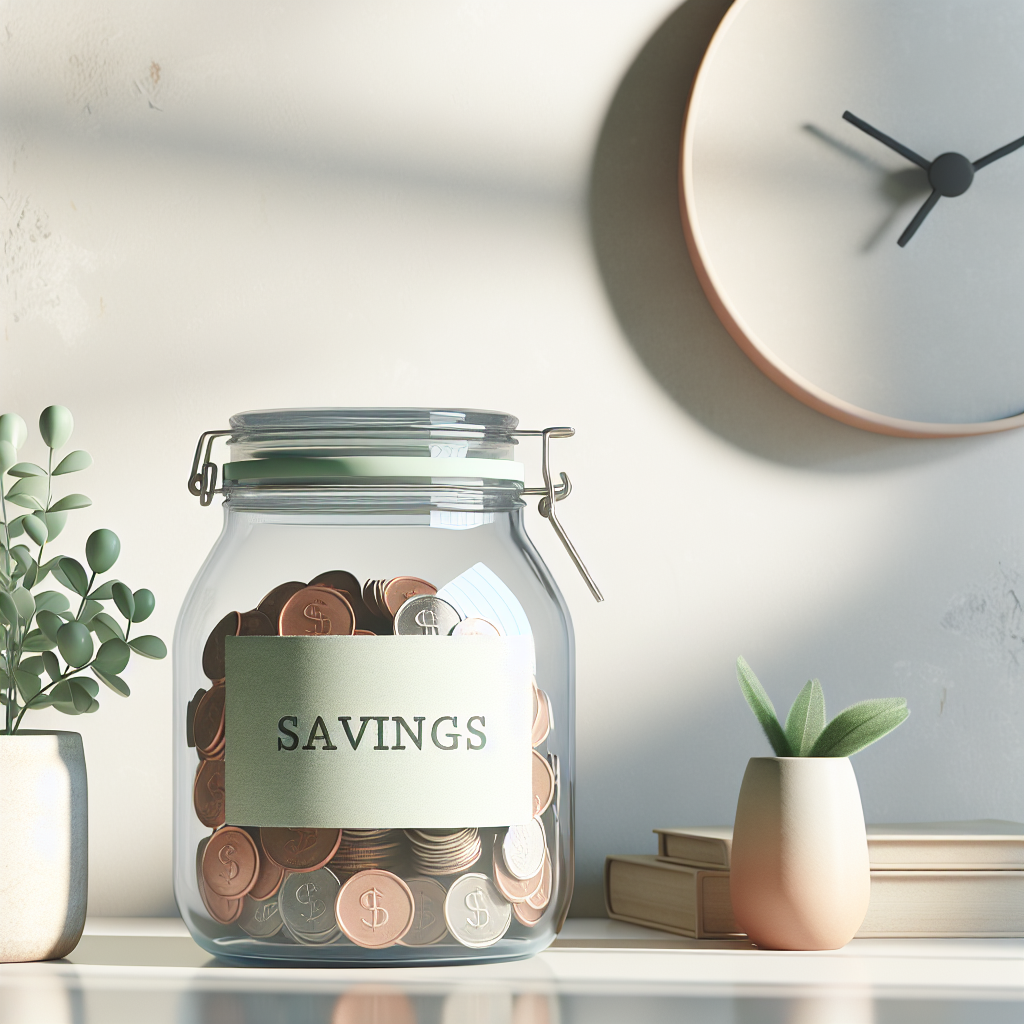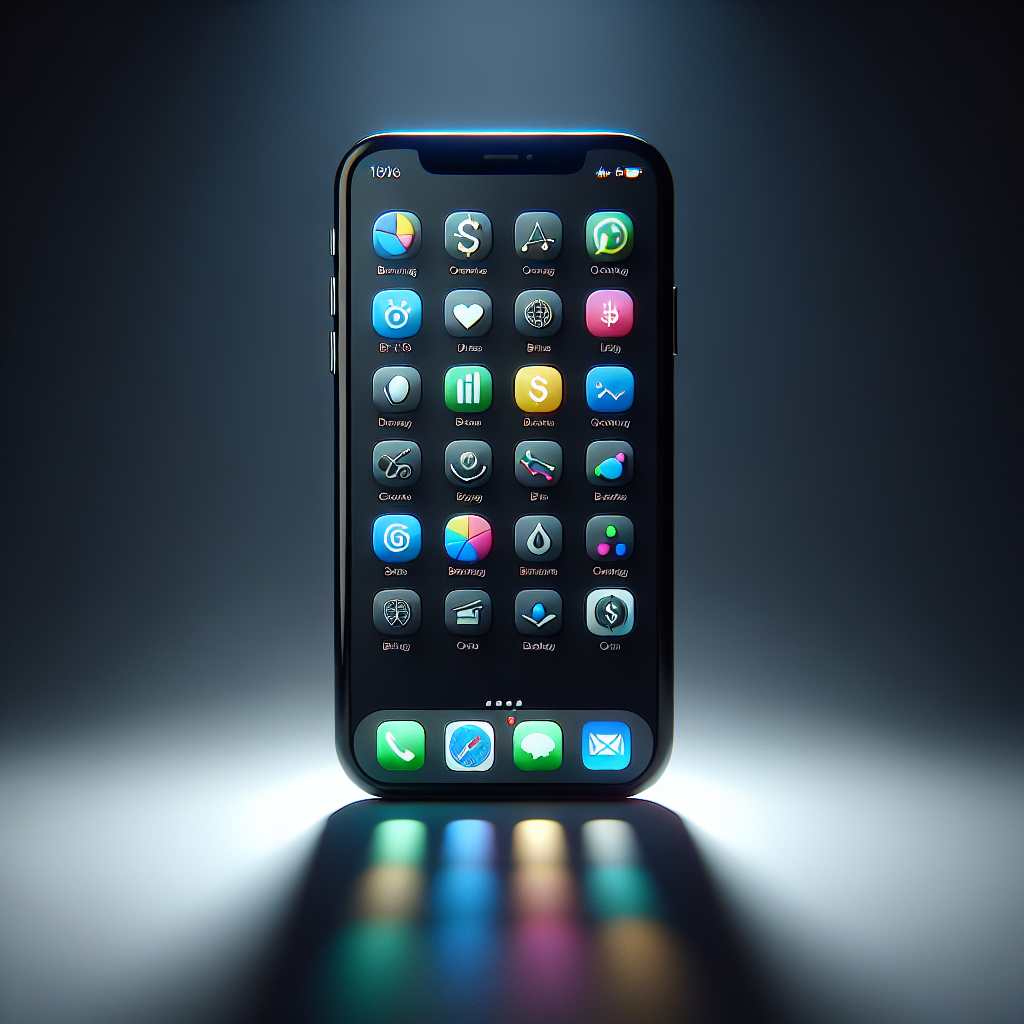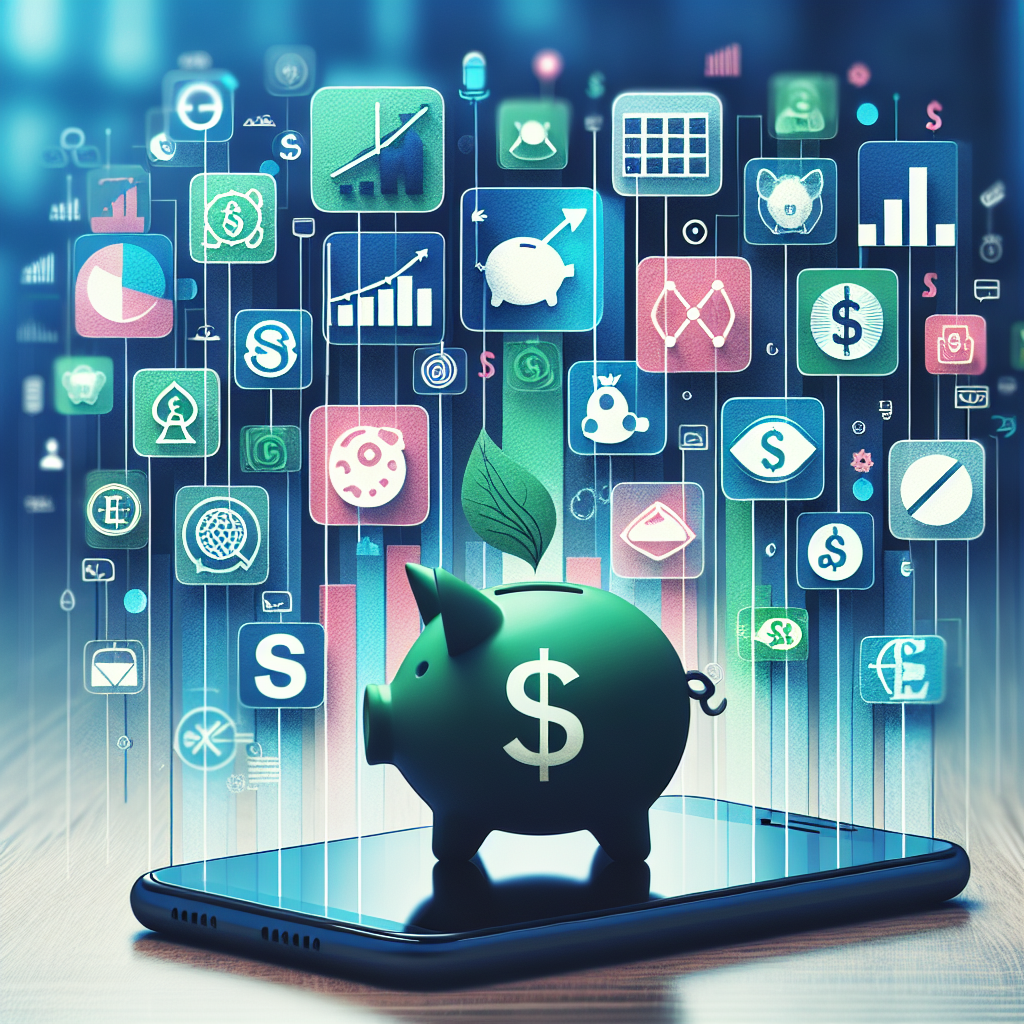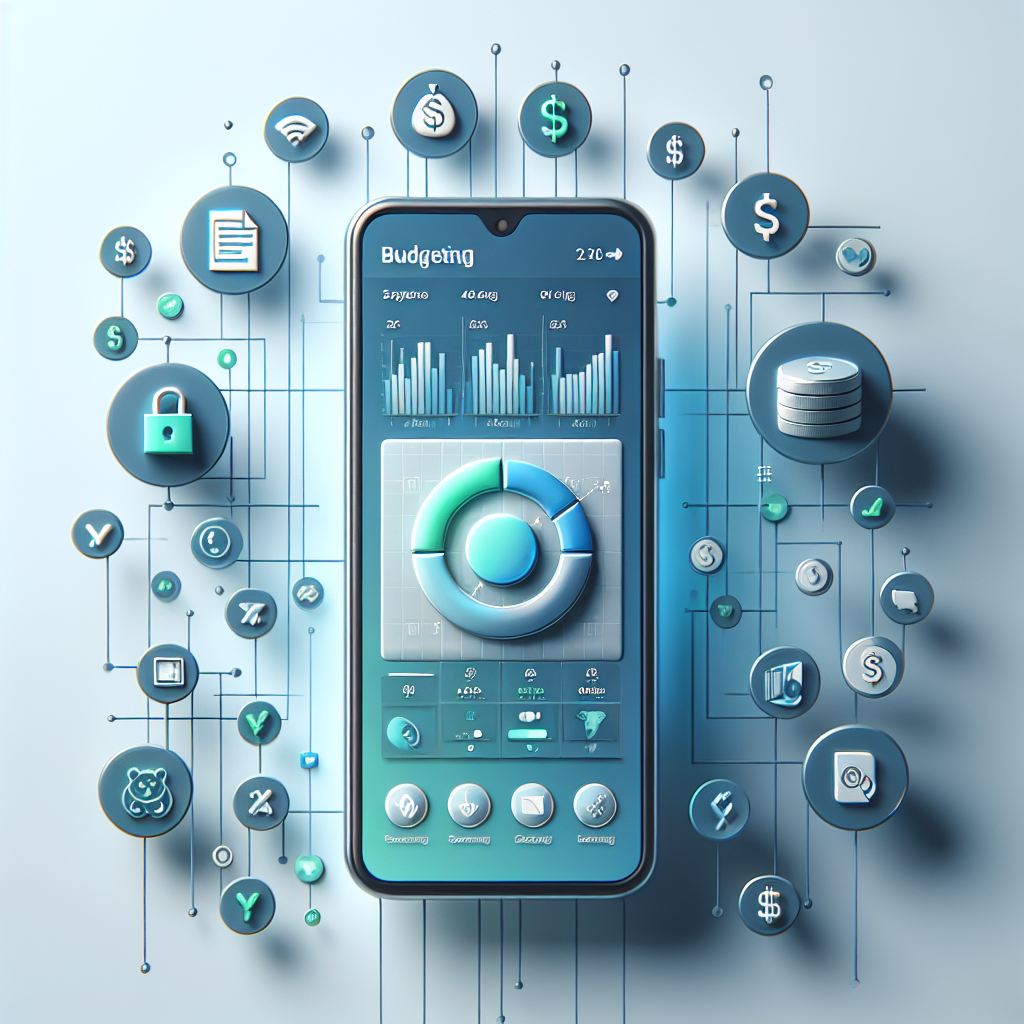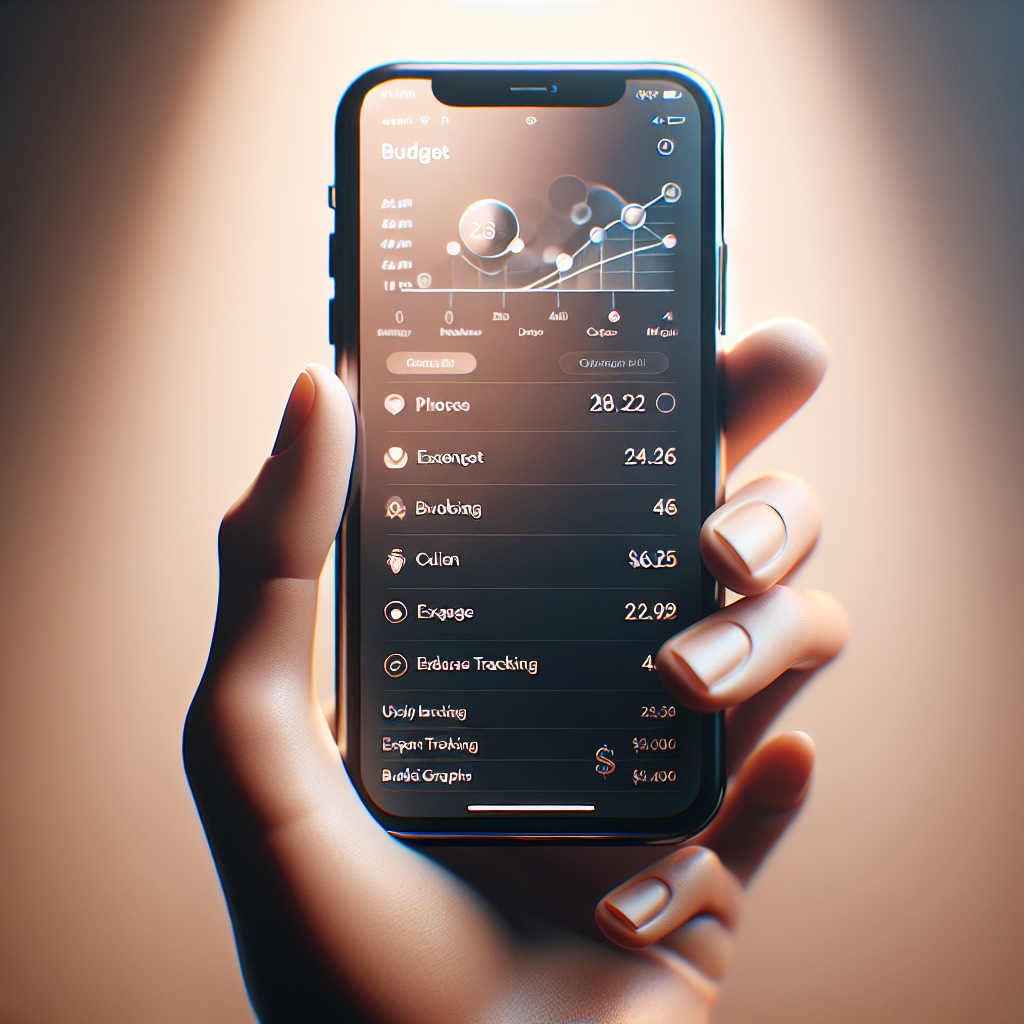In an increasingly digital world, managing personal finances has become more accessible and efficient, thanks in large part to budgeting apps. These applications are designed to help individuals track their income, expenses, and savings goals, providing a structured approach to financial management. With the rise of smartphones and tablets, budgeting apps have gained popularity as they offer users the convenience of managing their finances on the go.
The integration of technology into personal finance has transformed traditional budgeting methods, making it easier for users to visualize their financial health and make informed decisions. Budgeting apps cater to a wide range of users, from those who are just beginning to take control of their finances to seasoned budgeters looking for advanced features. They often come equipped with various tools that allow users to categorize expenses, set financial goals, and even receive alerts when they are nearing their budget limits.
The appeal of these apps lies not only in their functionality but also in their ability to simplify complex financial concepts, making them accessible to everyone, regardless of their financial literacy.
Key Takeaways
- Budgeting apps help individuals track and manage their finances more effectively.
- Using budgeting apps can lead to better financial organization and increased savings.
- When choosing a budgeting app, look for features such as expense tracking, goal setting, and customizable budget categories.
- Popular budgeting apps to consider include Mint, YNAB, and PocketGuard.
- To maximize the effectiveness of budgeting apps, set clear financial goals and regularly review your budgeting progress.
Benefits of Using Budgeting Apps
One of the primary benefits of using budgeting apps is the ability to gain a clear overview of one’s financial situation. By inputting income and expenses into the app, users can quickly see where their money is going and identify areas where they can cut back. This transparency is crucial for effective financial planning, as it allows individuals to make informed decisions about spending and saving.
For instance, a user may discover that they are spending significantly more on dining out than they had realized, prompting them to adjust their habits accordingly. Another significant advantage is the automation that many budgeting apps offer. Users can link their bank accounts and credit cards directly to the app, allowing for automatic transaction tracking.
This feature not only saves time but also reduces the likelihood of human error in manual entry. Additionally, many apps provide real-time updates on account balances and spending patterns, enabling users to stay on top of their finances without constant manual monitoring. This level of automation can be particularly beneficial for busy individuals who may struggle to find time for traditional budgeting methods.
Features to Look for in Budgeting Apps
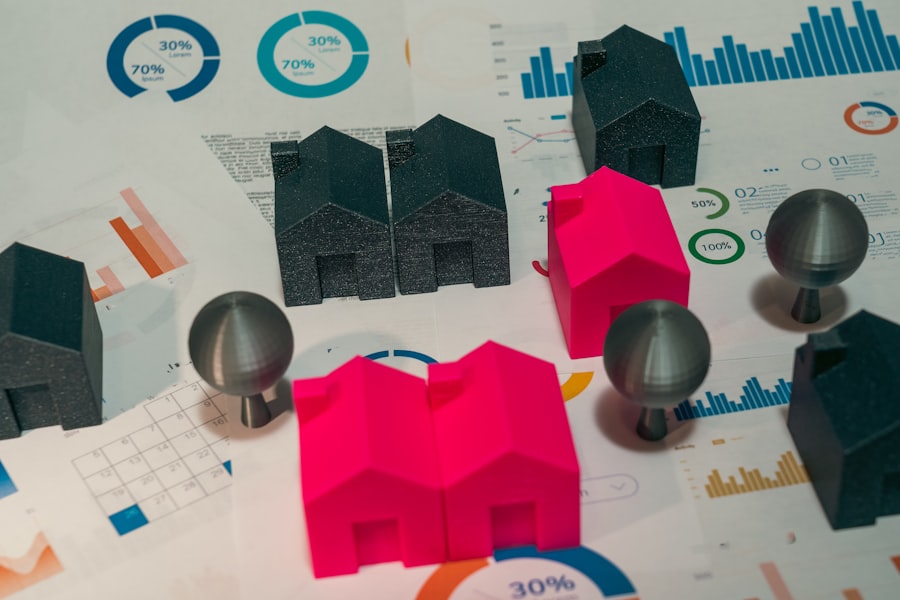
When selecting a budgeting app, it is essential to consider the features that will best meet your financial needs.
A robust app should allow users to create custom categories or use predefined ones, making it easier to track spending in specific areas such as groceries, entertainment, or transportation.
This categorization helps users identify spending patterns and make adjustments as necessary. Another important feature is goal setting. Many budgeting apps enable users to set financial goals, whether it’s saving for a vacation, paying off debt, or building an emergency fund.
The app should provide tools to track progress toward these goals, offering visual representations such as graphs or charts that illustrate how close users are to achieving their objectives. Additionally, alerts and notifications can be invaluable; they remind users when bills are due or when they are approaching their budget limits in specific categories, helping them stay accountable.
Popular Budgeting Apps to Consider
| App Name | Cost | Platform | Features |
|---|---|---|---|
| Mint | Free | iOS, Android | Budget tracking, bill reminders, credit score monitoring |
| You Need a Budget (YNAB) | 84/year | iOS, Android | Zero-based budgeting, goal tracking, debt paydown tools |
| Goodbudget | Free basic plan, 7/month for plus | iOS, Android | Envelope budgeting, expense tracking, sync across devices |
| PocketGuard | Free basic plan, 3.99/month for plus | iOS, Android | Spending analysis, bill tracking, personalized savings recommendations |
Several budgeting apps have gained traction in recent years due to their user-friendly interfaces and comprehensive features. One notable example is Mint, which offers a free platform that allows users to track all their financial accounts in one place. Mint automatically categorizes transactions and provides insights into spending habits while also offering personalized tips for saving money.
Its goal-setting feature is particularly popular among users looking to save for specific purposes. Another contender is YNAB (You Need A Budget), which takes a proactive approach to budgeting by encouraging users to allocate every dollar they earn toward specific expenses or savings goals. YNAB emphasizes the importance of planning ahead and adjusting budgets as necessary, making it an excellent choice for those who want a more hands-on approach to managing their finances.
The app also offers educational resources that help users develop better budgeting skills. For those who prefer a more minimalist approach, PocketGuard simplifies budgeting by showing users how much disposable income they have after accounting for bills, goals, and necessities. This straightforward approach can be particularly appealing for individuals who may feel overwhelmed by more complex budgeting systems.
How to Choose the Right Budgeting App for You
Choosing the right budgeting app involves assessing your personal financial situation and understanding your specific needs. Start by identifying what you want to achieve with the app—whether it’s tracking daily expenses, saving for a particular goal, or managing debt. This clarity will help narrow down your options significantly.
For instance, if your primary goal is debt reduction, you might prioritize apps that offer robust debt tracking features. Additionally, consider the user interface and ease of use. An app that is difficult to navigate can lead to frustration and decreased usage over time.
Look for apps that offer intuitive designs and clear instructions on how to use various features effectively. Reading user reviews can also provide insight into the app’s usability and overall satisfaction among its user base. Lastly, evaluate any associated costs.
While many budgeting apps offer free versions with essential features, some may require a subscription for access to advanced tools or ad-free experiences. Weigh the benefits of these premium features against your budget and determine whether they align with your financial goals.
Tips for Maximizing the Effectiveness of Budgeting Apps

To get the most out of your budgeting app, consistency is key. Regularly updating your transactions and reviewing your budget will help you stay on track with your financial goals. Set aside time each week or month to go through your expenses and adjust your budget as needed.
This practice not only keeps your financial data accurate but also reinforces your commitment to managing your finances effectively. Another tip is to take advantage of the educational resources many budgeting apps offer. Whether through articles, videos, or webinars, these resources can provide valuable insights into personal finance management and help you develop better budgeting habits.
Engaging with these materials can enhance your understanding of financial concepts and empower you to make more informed decisions. Additionally, consider involving family members or partners in the budgeting process if applicable. Many apps allow multiple users or shared accounts, which can foster open communication about finances and encourage collective accountability in reaching shared financial goals.
Common Mistakes to Avoid When Using Budgeting Apps
While budgeting apps can be incredibly helpful tools, there are common pitfalls that users should be aware of to ensure they are maximizing their effectiveness. One frequent mistake is neglecting regular updates. Users may download an app with good intentions but fail to input transactions consistently or review their budgets regularly.
This lack of engagement can lead to inaccurate data and ultimately hinder progress toward financial goals. Another common error is setting unrealistic budgets or goals. It’s essential to create budgets that reflect actual spending habits rather than idealized versions of how one would like to spend money.
For example, if you typically spend $300 on groceries each month but set a budget of $200 based on what you think you should spend, you may quickly become discouraged when you exceed that limit. Instead, start with realistic figures based on historical data and adjust as necessary. Lastly, some users may overlook the importance of utilizing all available features within the app.
Many budgeting apps come equipped with tools designed to enhance financial management—such as goal tracking or bill reminders—but users may not take full advantage of these capabilities due to unfamiliarity or lack of exploration.
Taking Control of Your Finances with Budgeting Apps
In today’s fast-paced world, taking control of one’s finances is more important than ever, and budgeting apps provide an effective means of achieving this goal.
As individuals navigate their unique financial journeys, leveraging the capabilities of budgeting apps can lead to improved financial literacy and ultimately greater financial stability.
The journey toward effective budgeting begins with selecting an app that aligns with personal needs and preferences while remaining committed to regular engagement with the tool. By avoiding common pitfalls and maximizing the features available within these applications, users can cultivate healthier financial habits that pave the way for long-term success in managing their finances effectively.
If you are looking for a comprehensive list of budgeting apps to help you manage your finances, you may also be interested in exploring the article on Valapoint’s article on money management apps.




